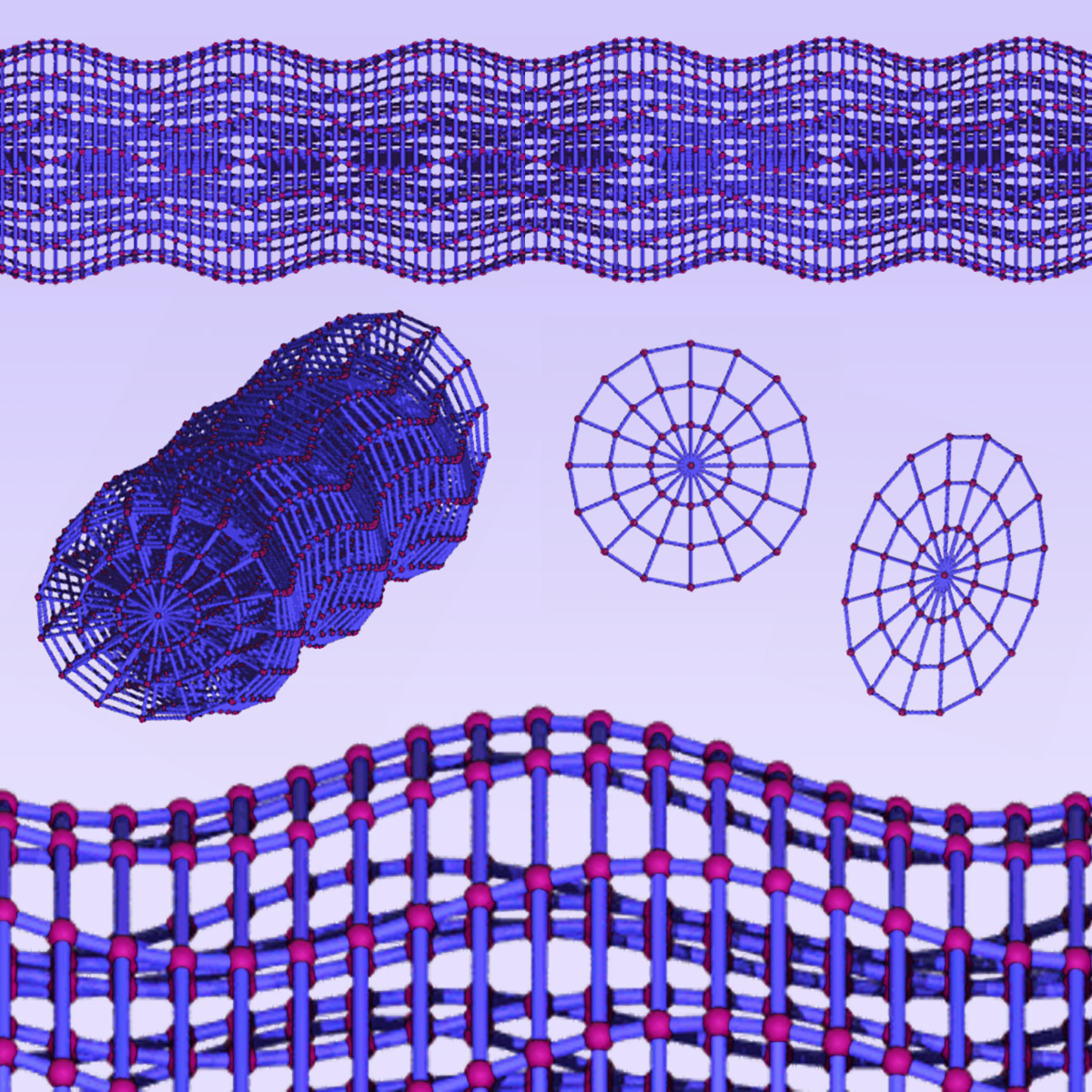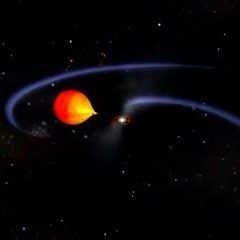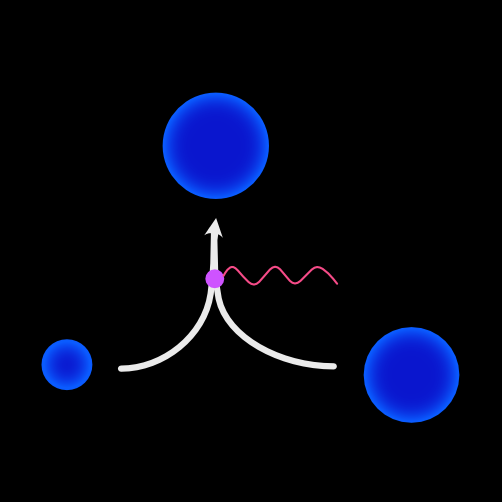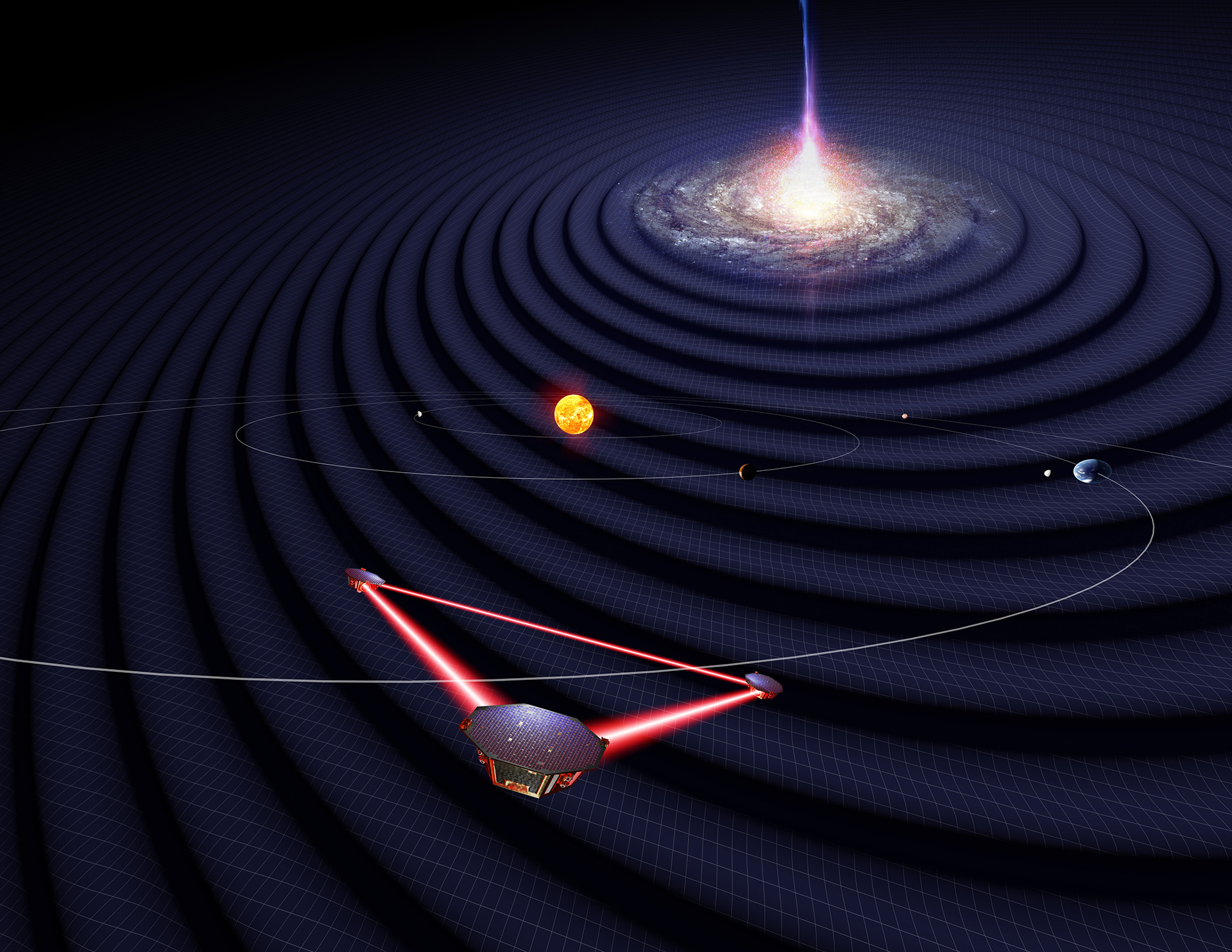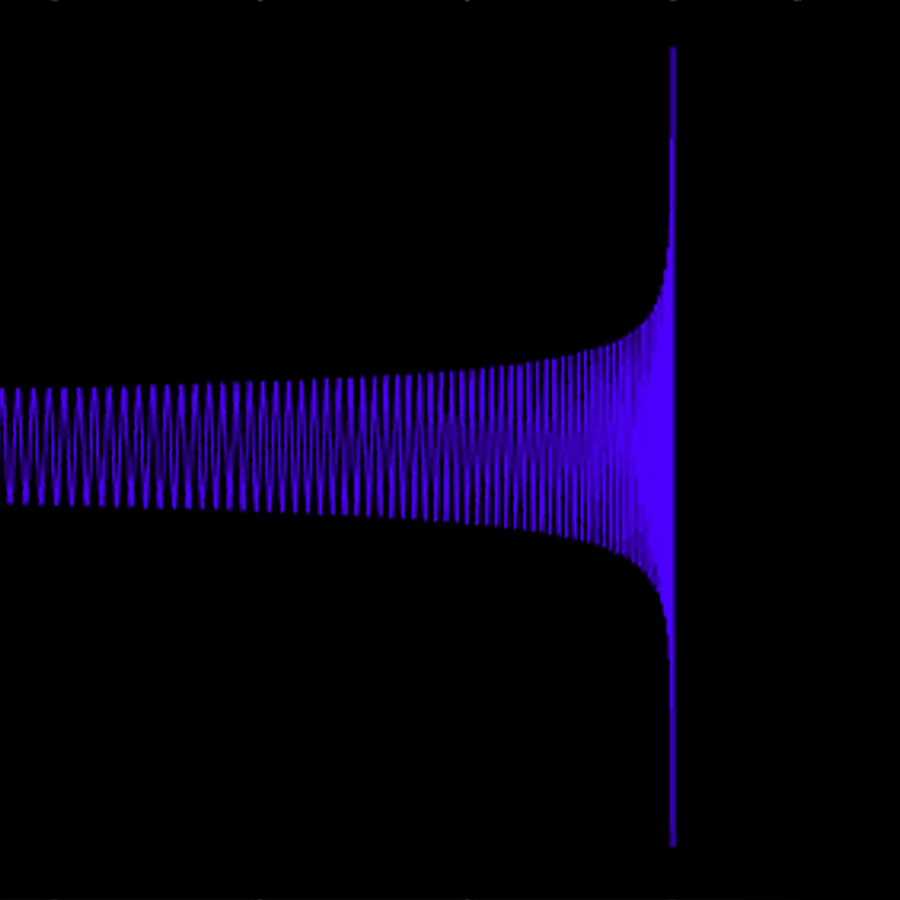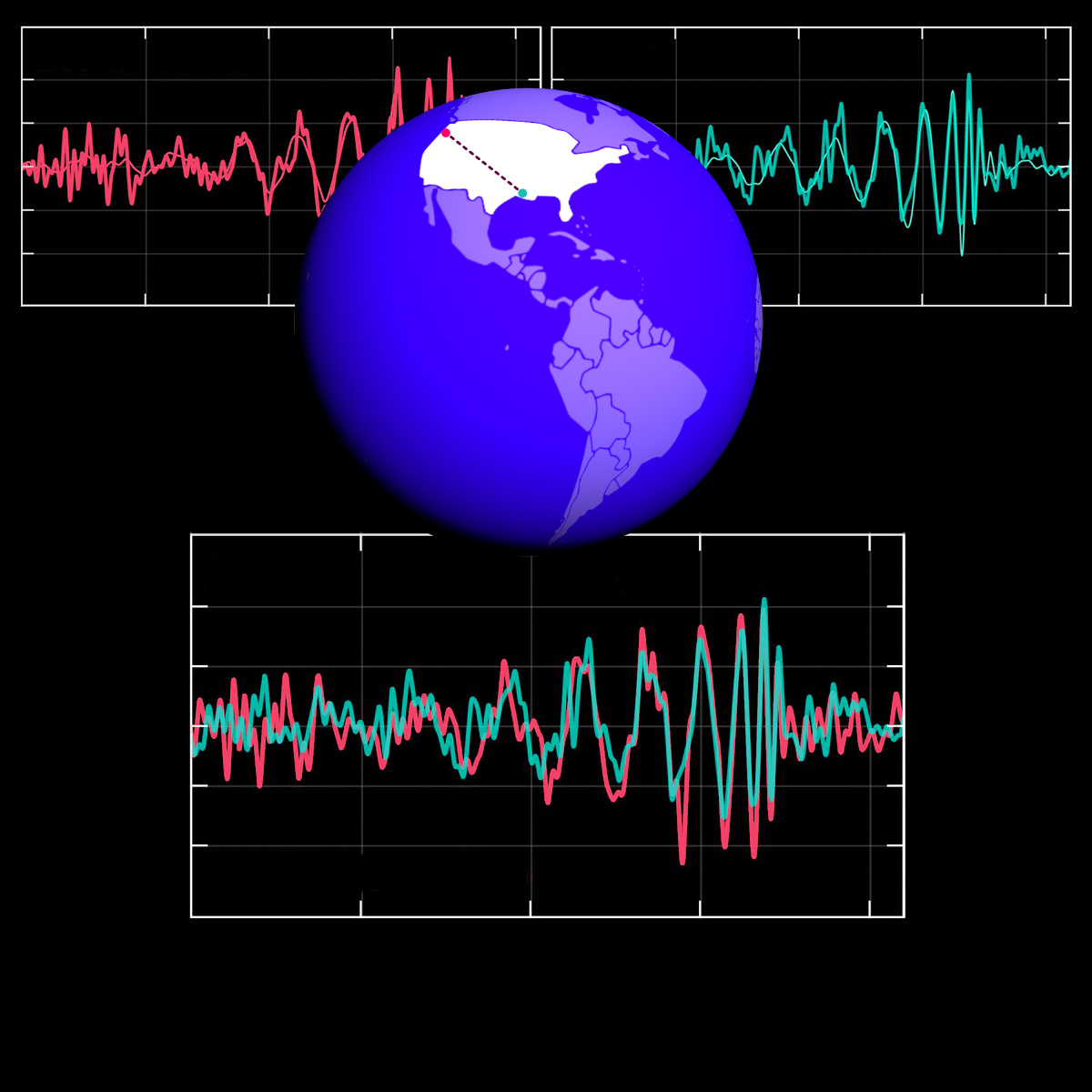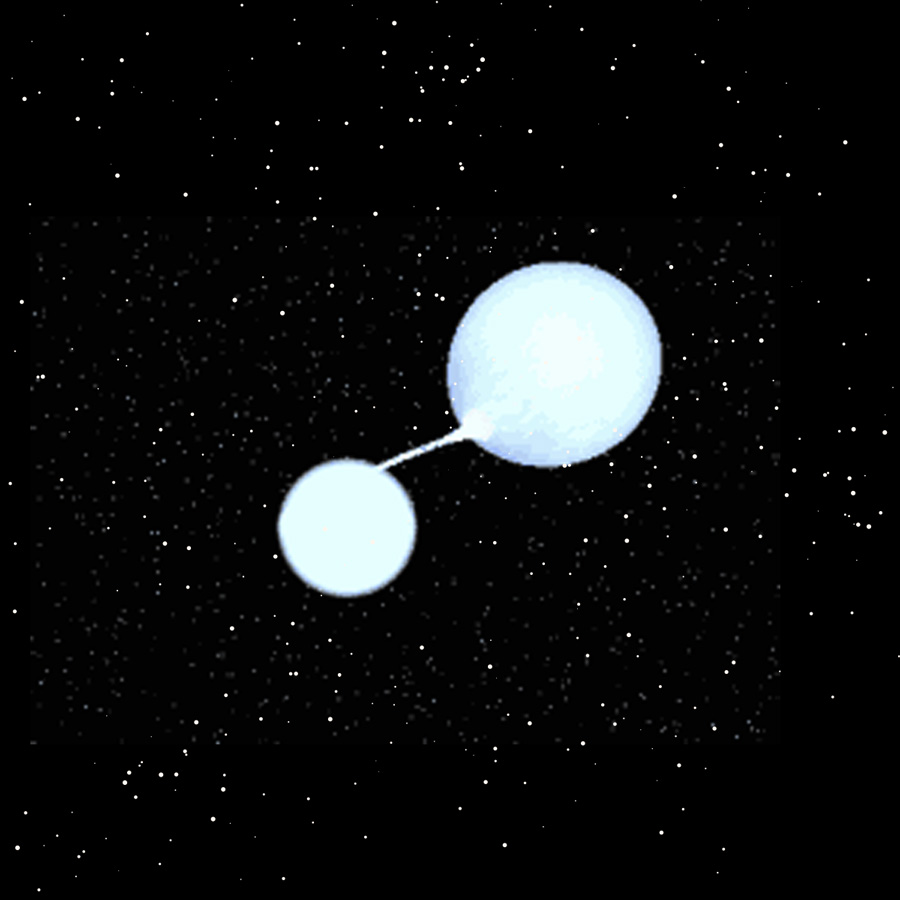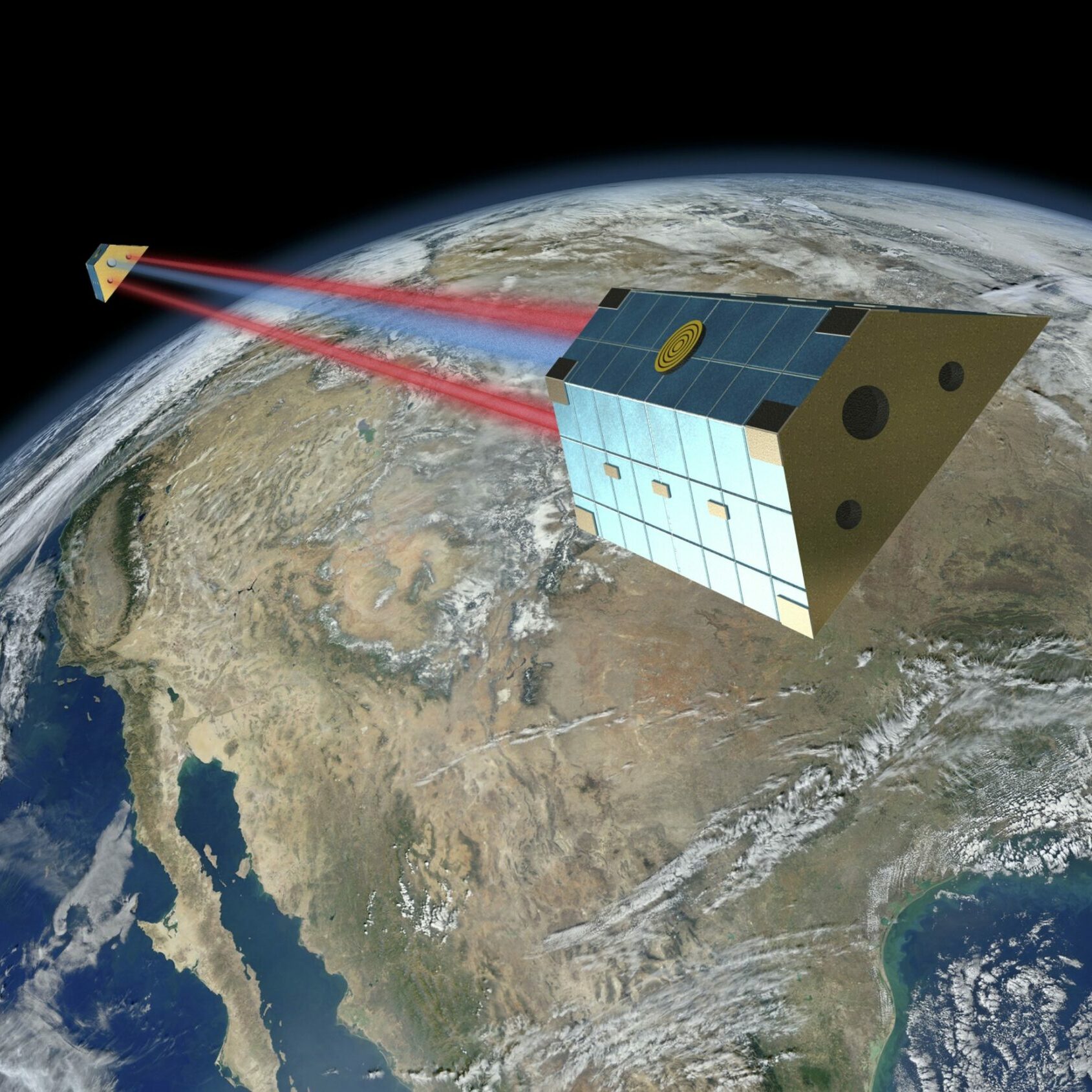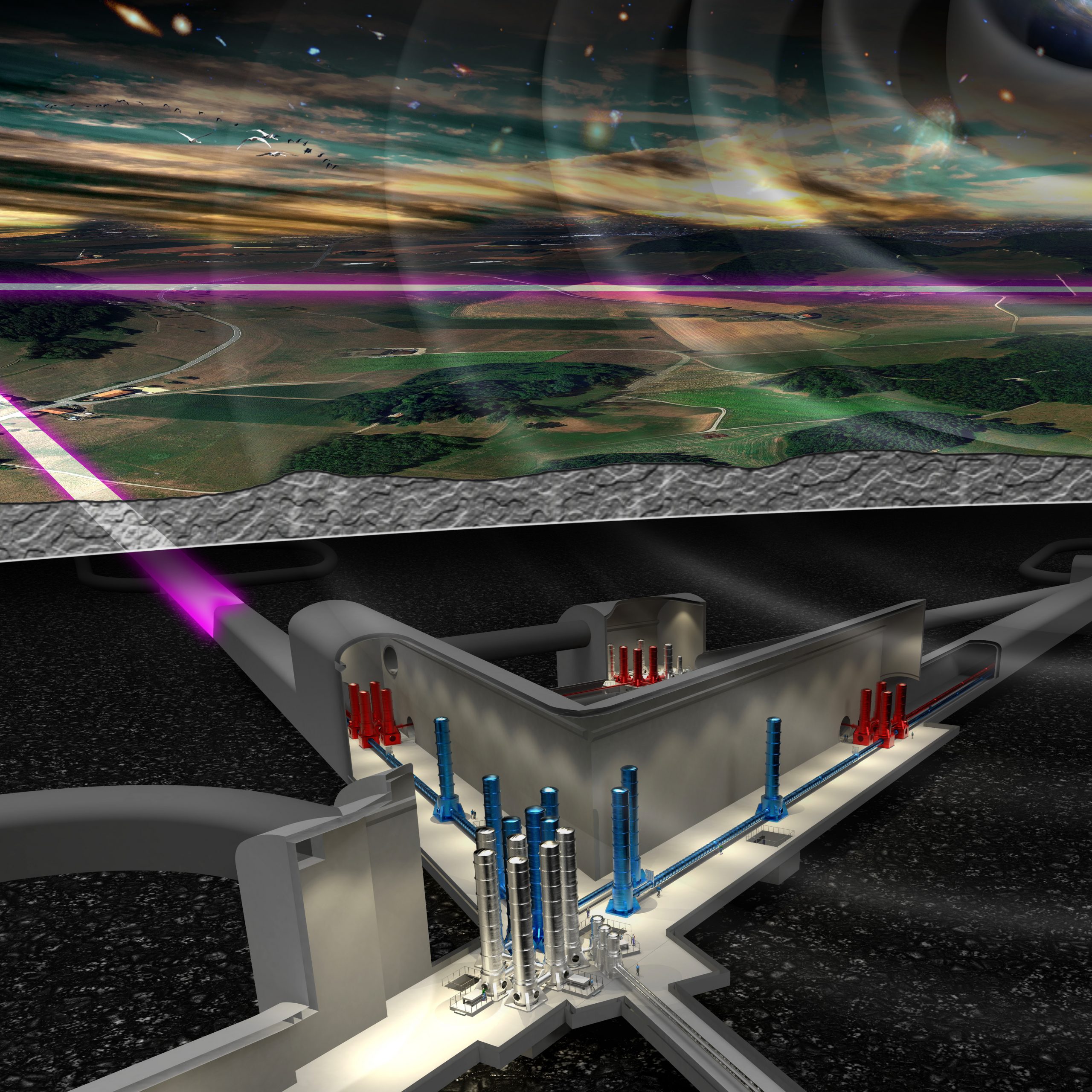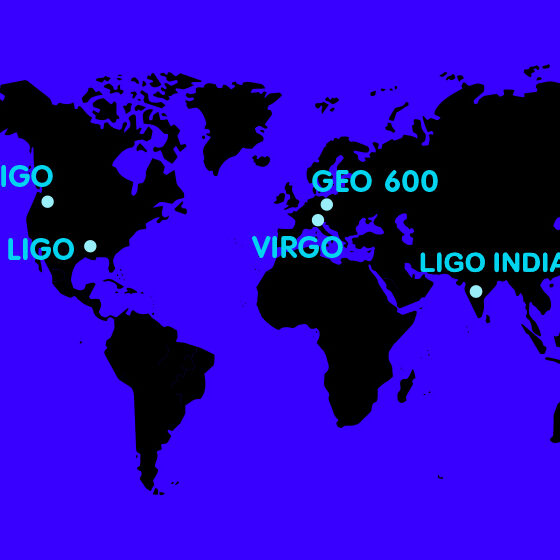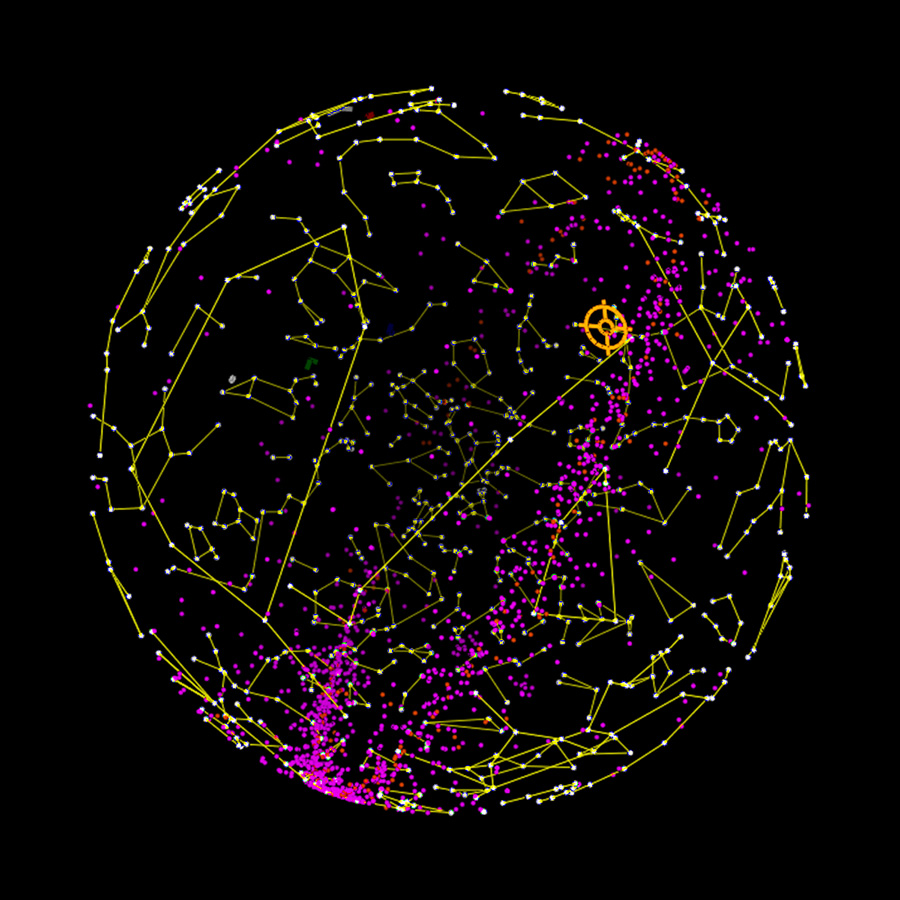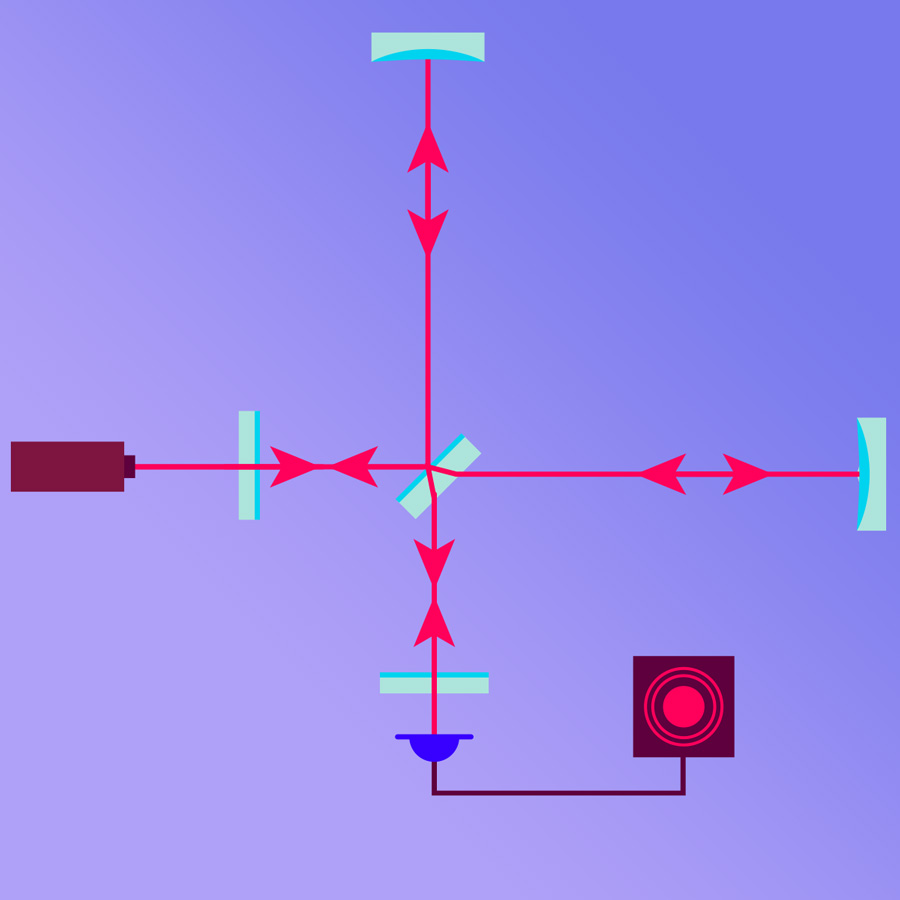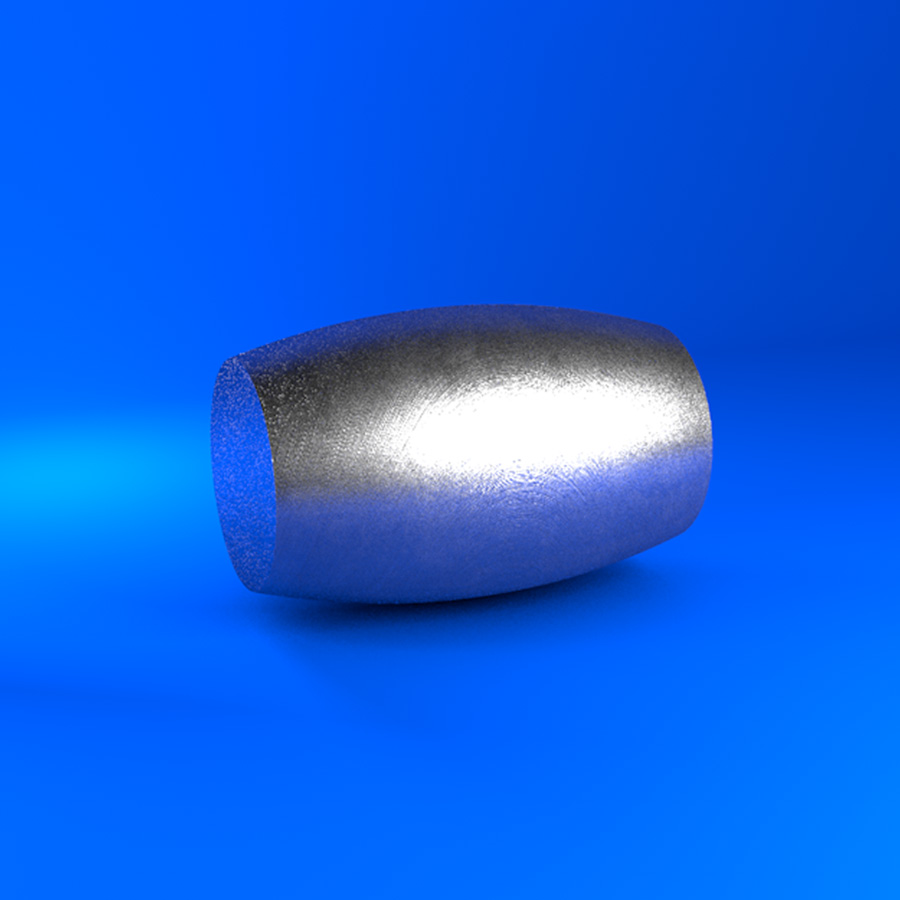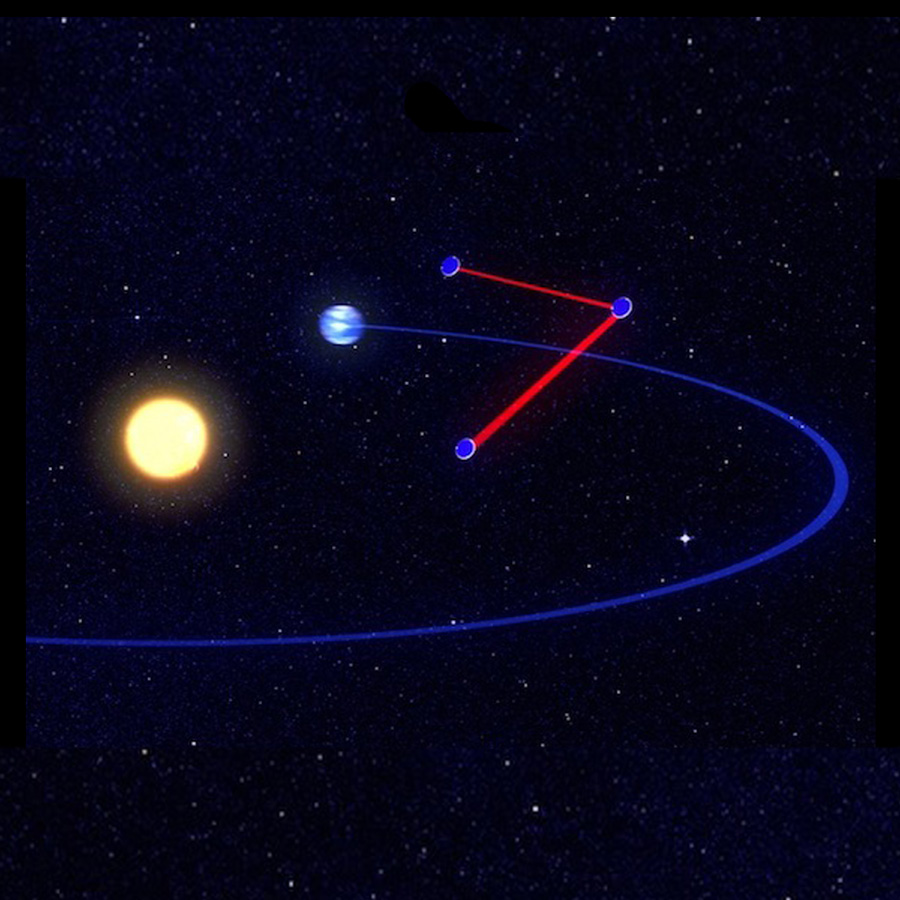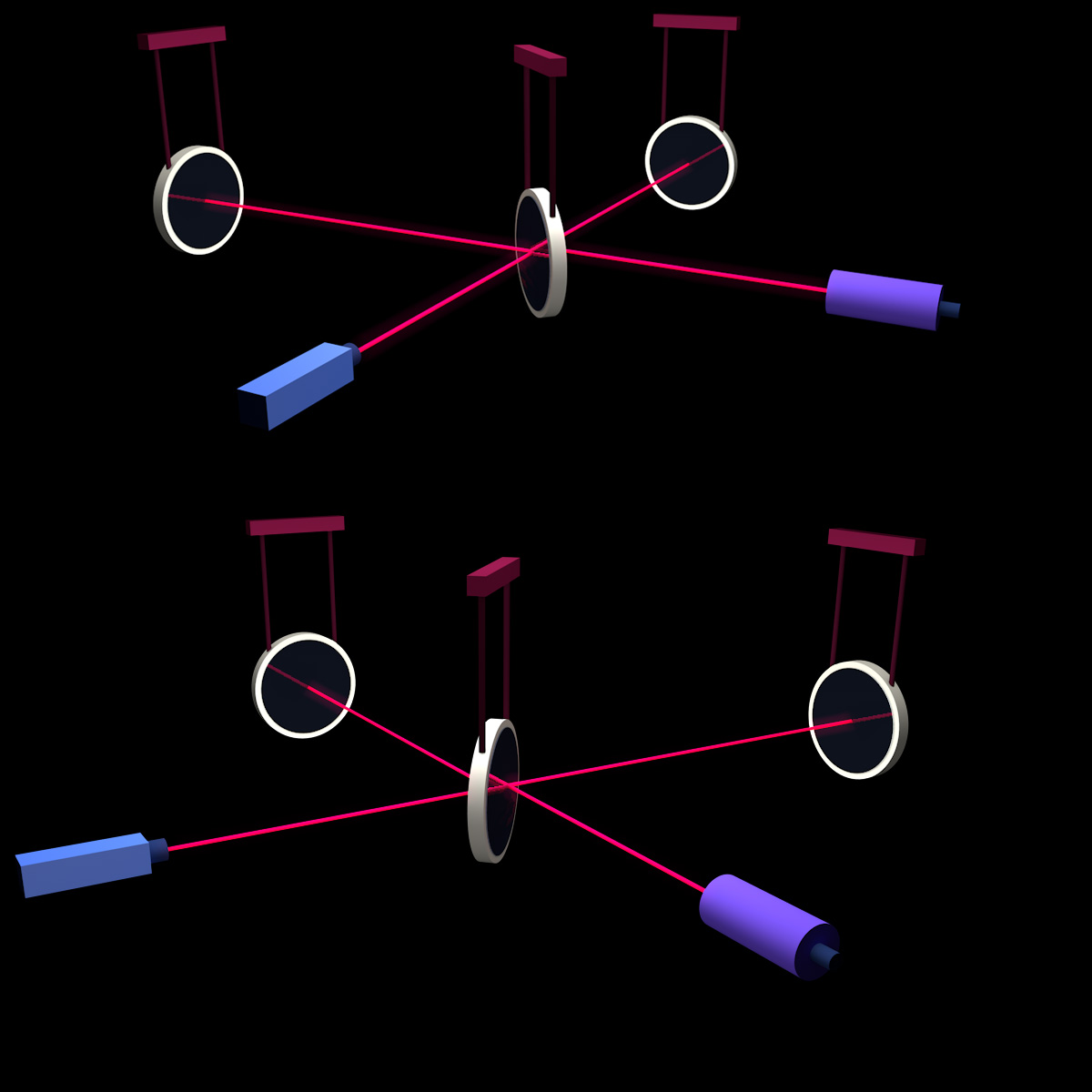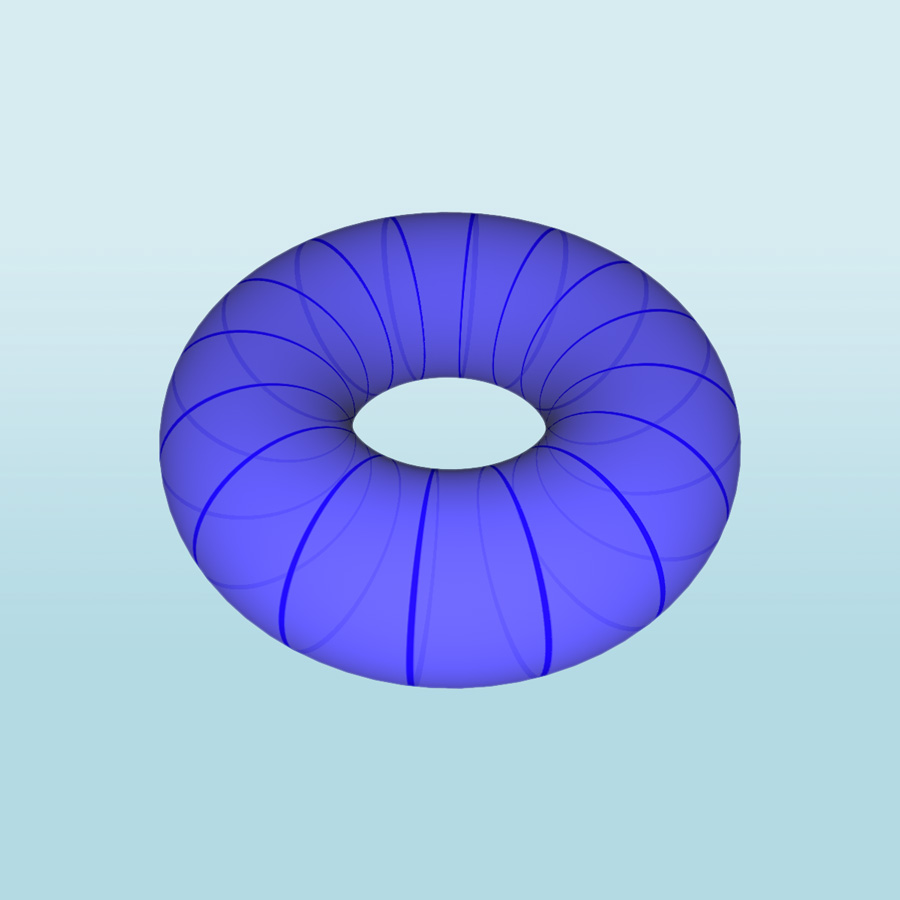Gravitational waves
More about gravitational waves, how they are produced and how they can be detected: a survey of current detectors, how to make gravitational waves audible, the space-borne detector LISA, Einstein@Home
This page features an overview of all our “Spotlights on relativity” dealing with gravitational waves. There is a spotlight text explaining the wave’s Basic properties, and a text in the category Gravitational wave sources which deals with ways of making gravitational waves audible; the texts under the heading Detecting Gravitational Waves describe the experiments to measure gravitational waves directly. Also, there is a text describing one of the Cosmological applications of gravitational waves.
Useful background information on gravitational waves can be found in our introduction Elementary Einstein, especially in the chapter Gravitational waves.
Basic properties
The wave nature of simple gravitational waves
A closer look at the way that simple gravitational waves propagate through space with time
Gravitational wave sources
Continuous gravitational waves
A vast population of a hundred million stellar remnants is hidden in the depths of our Galaxy. While we may never observe them in the electromagnetic spectrum, we might discover them through their gravitational-wave emission.
First measurement of gravitational waves of colliding neutron stars
Not only merging black holes, but also neutron star pairs emit gravitational waves.
Gravitational wave detectors find 56 potential cosmic collisions
During collaborative measurement campaigns, so-called observation runs, the worldwide gravitational wave detector network listens for signals from space. During the third observation run “O3”, which started on April 1st, 2019, the LIGO detectors (USA), Virgo (Italy), and GEO600 (Germany) recorded a range of promising signals.
The first catalogue of cosmic collisions
From the data of the first two observation runs of LIGO and Virgo, the scientists have created a first catalogue of cosmic collisions. The catalogue contains gravitational wave signals from ten pairs of merging black holes and one pair of neutron stars.
Observing gravitational waves in space with LISA
In 2035, the Laser Interferometer Space Antenna (LISA) is scheduled to be launched into space as a mission of the European Space Agency (ESA). It will observe previously inaccessible gravitational waves from a large range of new sources.
Chirping neutron stars
For some gravitational wave signals, one can go beyond graphs and animations – they can be made audible
Observation of Gravitational Waves from a Binary Black Hole Merger
Albert Einstein predicted their existence back in 1916, and on 14 September 2015 they were directly detected for the first time: Gravitational waves. Two large interferometric detectors of the LIGO Scientific Collaboration with major contributions from German researchers detected the signal known as “GW150914”. The waves originate from the merger of two black holes and are the first direct observation of these exotic objects.
White Dwarf binaries as gravitational wave sources
White Dwarf binaries, their properties, and the role they will play for the planned space-borne gravitational wave detector LISA.
Detecting gravitational waves
More about gravitational wave detectors on earth and in space
Climate research with gravitational wave technology
The two GRACE Follow-On satellites have been measuring the Earth’s gravitational field since mid-2018 to obtain important data for geophysics and climate research. On board is a laser interferometer that will serve as a model for future satellite missions and represents a step toward the LISA gravitational wave observatory.
Gravitational wave detectors find 56 potential cosmic collisions
During collaborative measurement campaigns, so-called observation runs, the worldwide gravitational wave detector network listens for signals from space. During the third observation run “O3”, which started on April 1st, 2019, the LIGO detectors (USA), Virgo (Italy), and GEO600 (Germany) recorded a range of promising signals.
Third-generation gravitational-wave detectors
Starting in the 2030s, third-generation gravitational-wave observatories will eavesdrop on space. They are many times more sensitive than current detectors and could thus provide a range of new insights into the invisible side of the universe.
Listening posts around the globe
Overview of the gravitational wave detectors currently operational, or under construction
Observing gravitational waves in space with LISA
In 2035, the Laser Interferometer Space Antenna (LISA) is scheduled to be launched into space as a mission of the European Space Agency (ESA). It will observe previously inaccessible gravitational waves from a large range of new sources.
Einstein@Home – gravitational waves for everybody
Information on how you personally can help with the search for gravitational wave – by donating processing time on your private computer
Catching the wave with light
Some information on how interferometric detectors such as LIGO or GEO600 work
Small vibrations
Some information on how the vintage models among gravitational wave detectors work – resonant detectors
LISA – Hunting waves in space
Information about the latest version of the most ambitious gravitational wave project – a detector in space.
Interferometric gravitational wave detectors
All modern gravitational wave detectors are based on the principle of a Michelson interferometer. But how exactly does it work?
Cosmological applications
Of gravitational waves and spherical chickens
Information about a class of simple model universes, each an expanding cosmos filled with gravitational waves



